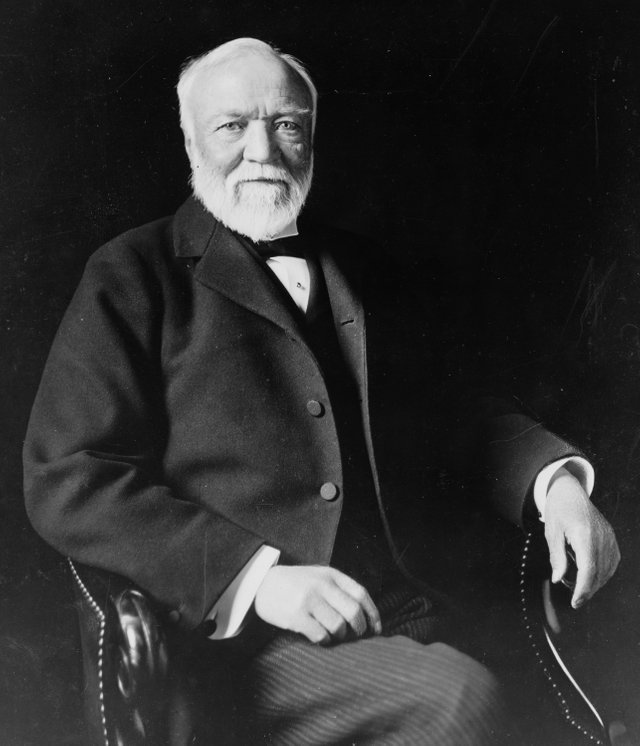Origins on Racism in Capitalism: The Historical Unfolding

Analysis of the origins of racism in North America were done by Eric Williams. Eric Williams was a historian who shook the academic world in 1944. He had noted in post conquest North America: all slavery is servitude but not all servitude is slavery. Williams concluded slavery was not the product of racism, but racism was the product of servitude itself, and servitude was a condition not only imposed on black people, but other races as well. This included European whites but only those of the low class (Williams 34).
Through 1619 - 1680 black and white indentured servants were never mixed with distinction. They worked, slept, and ate side to side with each other. Intimate relationships with each other developed. Black and white indentured servants socialized with one another. Things began to suddenly change as both races poked fun at the bosses. Conspiracies were born and both black and white slaves joined together to launch a rebellion.

Nathaniel Bacon
Servile rebellions began. In 1676, Bacon’s Rebellion of Virginia started in the colony. This rebellion was led by Nathaniel Bacon. The rebellion was extreme. William Berkeley the mayor at the time high tailed from Virginia to England to avoid it. Bacon’s rebellion came close to conquering victory. However, the rebellion’s leader Nathaniel Bacon died of natural causes. Upon the death of Nathaniel Bacon, the rebellion was left leaderless, and the rebellion was forced to end. William Berkeley returned to be mayor only after hearing the news of the rebellion’s failure (nps.gov “Bacon’s Rebellion”).

Sir William Berkeley
The rebellion had plantation owners question what to do now. The rebellion opened plantation owners’ eyes. Fear generated at the thought of a rebellion happening again. Plantation owners together agreed that another rebellion should never happen again. They took matters into their own hands.
The beginning of the artificial color line was developed. The color line was drawn for the need of plantation based capitalism. The color line included physical segregation. Without slowing the production of plantation labor, both black and white slaves were segregated. No longer did they eat, sleep, and work together. Plantation owners displayed the first tactics of initiation, highlighting the underlying rule of divide, and conquer. Unequal punishments and rewards were practiced among both races. The white man was favored opposed to his black counterpart when it came to these practices. When property owning classes caught two servants committing the same offense, the black one would be severely punished more than his white counterpart, and that created deep division. Within these practices subliminal messages were communicated to both races. It suggested inferiority to the black worker and superiority to the white worker. Accentuation of incidental differences was brought up by the plantation owners to workers. The dark color of a blacks’ skin was pointed out to the white workers. Underlying such incidental differences lead to one another further avoiding each other. It has been known physical differences between races are due to the fact of different diets. Not because of superiority or inferiority among races (Lecture: Racism).
On the plantation, each race did notice each other’s differences. They knew at the end both were human regardless of these incidental differences. Religious imagery started associating blacks with evil and carnal desires. Religious imagery took advantage of the concept of light versus darkness. Meanwhile whites were associated with purity and goodness. More segregation was imposed; in 1680, some of the colonies wrote the first laws into books, forbidding inter-racial marriage. No free person could be married with a slave. It made it difficult for legal black and white marriages (Lecture: Racism).

Andrew Carnegie
After the end of the civil war in the 1800s, slavery was abolished, but the color line was kept. Mainly for political and economic reasons tied to auguring the plantation economy. It also cut wages in industrial setting: the color line was useful, it kept wages low, and kept the bosses leverage strong. If white workers felt they were not earning enough money, they would demand a raise from their boss, but they were told that they can be replaced by another ethnicity who would work a lot cheaper. The color line was useful as wage labor based in the industry because it took over the purpose of keeping wage low for all workers. Racism was not a factor to racism at the central issue during this time. The dynamics of class and economics lead to racism. Examples include that of Andrew Carnegie’s Steel Mill in Illinois. A strike came about. White workers demanded a raise in wage for their labor. Andrew Carnegie fired all the white workers. Carnegie brought in black workers and paid them less than what the white workers were paid. In result Carnegie only ended up making profit. Another example is the New England textile mills. Women went on strike also requesting a raise for their labor production but they ended up being replaced. They were replaced by blacks, both male, and female workers. Black workers required a lesser wage than white female workers; this resulted in more profit for New England textile mills as well (Lecture: Racism and Capitalism).
North American capitalism was fundamentally sharpened, molded, conditioned, and set in motion within the 1850s agricultural phase to post 1850s industrial phase. Prior to 1850s, capitalism existed based on agricultural capitalism, and this was dormant prior to the civil war. North American racism is tied to European capitalism, or Atlantic Capitalism. Racism is shaped and conditioned by capitalism. Capitalism has been vitally served by racism. Capitalism is an economic and socio-political framework, in which society’s means of production are privately owned, and operated. Society’s means are operated for private profit accumulation in which the goal is maximization. More profit. The basic source of capitalist profit is maximum labor exploitation. This exploitation is practiced by keeping the color line. In capitalism, society is based on “divide and conquer” into the capital, and the labor. The capital owns and operates means of production. The laborer owns no capital or independent means. This means he can’t maintain himself. He then in turn is forced to sell or make available his labor power to capital to live. Race just so happens to be decisive in keeping the wages low (Lecture: Capitalism).
By the end of the 1600s colonial American society had been up and running until present day today. The findings Eric Williams noted shook our academic world in 1944: slavery is servitude but not all slavery is servitude. Racism was the product of servitude itself. This can be verified by the strikes in our prior history, Andrew Carnegie’s Steel Mill, and in New England textile mills. These events in observance can easily place itself into racism shaped and conditioned by capitalism. Where in capitalism the goal is the maximization of profit first before the quality of value in a human life. The artificial color line broke the strong bond that the black and white man once shared in plantations. Racism is the key for wages being kept low and for capital to assimilate their goals while disregarding compassion.
© Raquel Campos
Works Cited:
Williams, Eric Eustace, and Thabo Mbeki. Capitalism & Slavery. Unisa Press, 2010.
Duran, Joaquin. “Racism.” 2015.
“Racism and Capitalism”. 2015.
“Capitalism”. 2015.
“Bacon's Rebellion.” National Parks Service, U.S. Department of the Interior, 1997, www.nps.gov/jame/learn/historyculture/bacons-rebellion.htm.
Congratulations @camposmusing! You have completed some achievement on Steemit and have been rewarded with new badge(s) :
Click on any badge to view your own Board of Honor on SteemitBoard.
For more information about SteemitBoard, click here
If you no longer want to receive notifications, reply to this comment with the word
STOP